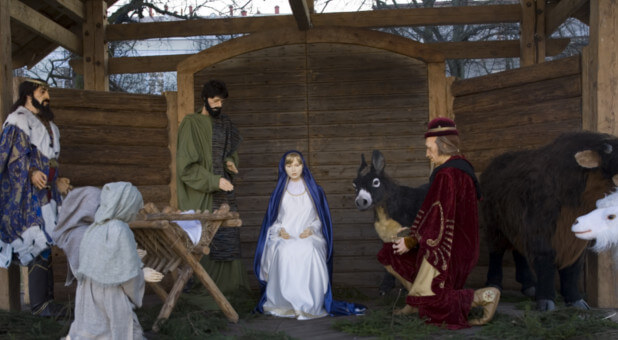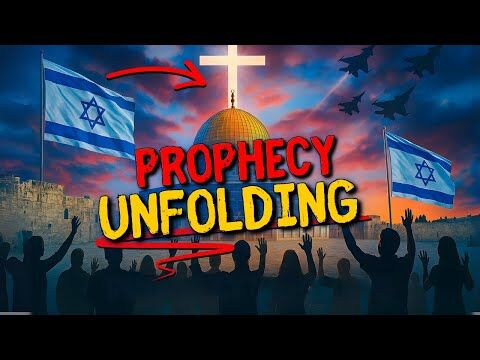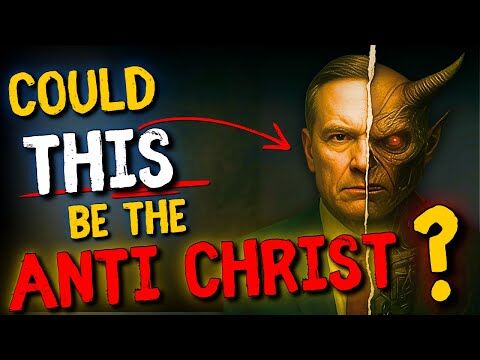I love to celebrate Christmas because I love the Christ of Christmas. Yet we live in a day when celebrating “Christ’s mass” is frowned upon by the secularists, who want to excise Jesus from the holiday, and, surprisingly, by some Christians who want to exorcize Christmas from the calendar.
You have no doubt heard some of these more popular “Bah! Humbug!” criticisms from sanctified scrooges: Christ wasn’t born in winter, let alone on Dec. 25; Christmas comes from an occult winter-solstice festival; evergreen trees and holly and mistletoe come from pagan customs and therefore are “of the devil.”
Sound familiar? Let’s see if I can help those “Christ-massers” among you celebrate the birth of the Savior in a deeper, more meaningful and festive way, without guilt or condemnation.
Have you ever heard of syncretism? It means mixing, blending or incorporating different belief systems and their practices. Christianity becomes guilty of syncretism when critical, basic elements of the Christian faith are undermined or replaced by the religious elements of its host culture or the world around it.
However, to denounce a Christian tradition or practice as rooted in paganism simply because a similar practice appears in ancient pagan rituals is tantamount to throwing the baby out with the bath water. Such logic cannot be maintained consistently in every matter of faith and practice. Logic of this sort would result in surrendering all God’s creation to pagans and atheists—leaving nothing for Christians to use in worshipping the God who created all things for His pleasure (Rev. 4:11).
Christianity is the “new kid on the block” as far as belief systems go, so almost anything we use to remember Christ has probably been used by older religions first, including the days of the week. John Ankerberg writes: “We would be hard-pressed to find a day to celebrate that did not have pagan roots. Every day of our week, indeed our entire calendar is pagan!”
Jesus didn’t use such logic when deciding what His family could and could not use in celebrating Jewish festivals, such as the Feast of Tabernacles. If He had, they would have had to go without branches or booths, since other, older religions used tree branches in their idolatrous rituals, as the prophet Ezekiel noted (see Ezek. 8:17).
“Anti-Christ-massers” couldn’t apply their rationale to Old Testament Jewish worshippers either. Scholars have found archaeological evidence that the Egyptians and Assyrians worshipped ark-like structures made of gold with cherubim atop them, such as the one used in Moses’ tabernacle.
William Barclay, in his commentary on the Gospel of John, pointed out similarities between pagan rituals and the baptism of John, as well as pagan lore resembling the Virgin Birth. He also called attention to an ancient Greek tradition in which a miracle similar to the turning of water into wine by Jesus at the wedding in Cana (John 2) was allegedly performed by Dionysus once a year in his temple.
Even the bull-worshipping pagans of Mithraism incorporated the re-enacting of death and resurrection rituals. Should this, then, eliminate any possibility of Christians re-enacting the crucifixion, death and resurrection of Jesus?
Of course not.
Patrick, the 12th century bishop of Ireland, took the shamrock (three-leaf clover) away from the pagan Celts and claimed it as a Christian symbol. It was the favorite occult symbol of the Celts and Druids, but Patrick decided to use it redemptively to illustrate the doctrine of the Trinity.
His plan was so successful that in a short period of time all of Ireland was being taught this essential Christian doctrine, with the shamrock becoming its chief symbol. The result was that the pagans could no longer use the shamrock as a symbol of their beliefs.
This kind of strategy is not new for missionaries, who constantly look for something familiar in other cultures that they can use to build bridges to the Christian faith. That’s exactly what Christmas traditions are supposed to do—point people to Jesus. So let me share a few facts behind some well-known Christmas traditions.
Christmas. The word Christmas comes from the term Cristesmaesse and is another way of saying festival or celebration. Christmas is the celebration of Christ’s birth, or the great feast day of Christ’s birth. In other words, Christ is the purpose for the party.
Taking their cue from Old Testament Jewish celebrations and festivals, Christians developed their own feast day commemorating the event and called it “The Feast of the Nativity.” It was later called “Christ Mass” or “Christ’s Mass” and eventually shortened to “Christmas.”
Christmas is a significant “Christocentric” term because it calls to mind that the center of the celebration is Christ! A third century theologian said it well: “We hold this day holy, not like the pagans because of the birth of the sun, but because of Him who made it.”











































